Advertisement
Art has always been a trip of invention and expression that changes. New tools are redefining artist creativity in every period. The development of generative AI for the artist now represents a dramatic change. Artists today explore creative realms that were once impossible to reach. Artificial intelligence algorithms produce new visual, audio, and literary art. The future of artificial intelligence-generated art is stretching conventional limits and motivating radical concepts.
Artificial intelligence tools for creative artists are growing, providing access to the unbounded imagination. For contemporary artists, knowing how technology impacts creativity is absolutely vital. It offers an equal measure of possibilities and difficulties. Artists have to grow in adaptation and change. Exploring this change exposes the strong connection between human creativity and technology. These days, innovation, inventiveness, and artificial intelligence coexist peacefully. The path of artists will never be the same again.
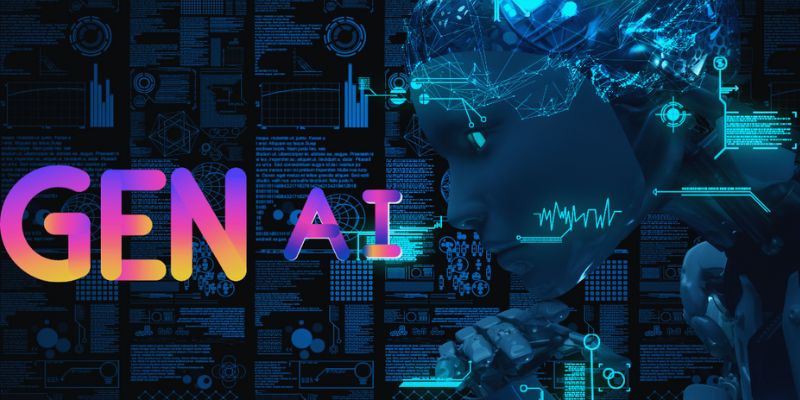
Simple attempts initially brought generative artificial intelligence into the artistic sphere. Early algorithms created random patterns and abstract designs. Artists were curious but sceptical of artificial intelligence's true creative power. Most artificial intelligence-created works lacked emotional depth and seemed mechanical. Artists originally used AI as a tool to support, not replace, their imagination. Bigger discoveries are based on these early initiatives. Working together between artists and programmers developed gradually but steadily.
Artificial intelligence has started presenting fresh approaches to combining methods and investigating challenging concepts. Early users had to negotiate inflexible software models and limited processing capability. Technical constraints and frustrations often stifled creativity. Many artists, meanwhile, sensed AI's promise outside these early restrictions. These early years emphasized the need for human intuition to lead artificial intelligence innovation. These early experiments led to today's discoveries. Learning from one another, Artists and AI began evolving together in new creative directions.
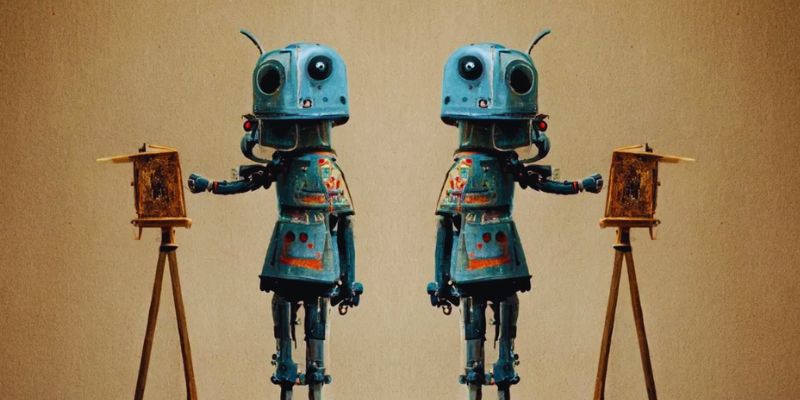
Generative adversarial networks (GANs) transformed everything around artificial intelligence in art. GANs let artificial intelligence generate far more emotionally rich and realistic works. Artists started directly collaborating with technologists to teach artificial intelligence flair and emotion. Big shows began to highlight AI-generated artwork. Works like Edmond de Belamy by Obvious unsettled the artistic community. Suddenly, the future of AI-generated art became a heated issue of discussion.
Critics and supporters questioned what exactly creativity meant. AI was a partner rather than only a tool now. High-priced art auctions, including AI pieces, drew worldwide interest. Museums began setting aside areas for AI-generated works. The breakthrough events also spurred moral questions on uniqueness. Artists discovered that mastering the creative direction of artificial intelligence was a talent in itself. From a curiosity to a respected media, breakthroughs kept advancing artificial intelligence. These events defined a significant turn in the artist's path.
Today's artists see artificial intelligence as a dynamic collaborator in their work. AI lets painters investigate unusual brushstroke patterns. Using machine learning algorithms, musicians craft melodies. Text-based AI techniques help writers develop stories. Many artists find great delight in how artificial intelligence adds surprising components to their work. The uncertainty of artificial intelligence provides fresh motivation. Artists play about in ways they would not have thought of otherwise. Working with artificial intelligence is today about combining computer logic with human feeling.
AI tools for creative artists keep developing fast. Artificial intelligence-powered digital canvases open creative opportunities. Artists are embracing hybrid kinds of creation instead of fearing automation. Good artists teach how precisely to manage artificial intelligence's output. AI is considered a friend rather than a competitor. Courses and seminars nowadays teach artists how to master creative artificial intelligence use. Artists and artificial intelligence challenge immobile limits together.
The emergence of generative artificial intelligence presented artists with major difficulties as well. Discussions on copyright and ownership are getting hot. Who owns an artwork created by artificial intelligence? Artists worry about losing control of their style. AI mimics of particular procedures raise plagiarism hazards. Some conventional artists believe that artificial intelligence devalues actual handwork. Ethical issues of bias in training data also affect produced artificial intelligence.
Not every AI creation feels real or deliberate. Solving these issues will greatly determine the future of AI-generated art. To build fair systems, tech companies have to cooperate closely with artists. Though they are still lacking in many nations, rules are starting to take shape. Sometimes, audiences find it difficult to relate to AI-generated works emotionally. Still present is a fear of job loss among creative people. Those who adapt, though, find more possibilities than hazards. Riding the changing terrain calls for vigilance, flexibility, and strong ethical standards.
Generative AI will probably find a frequent presence in the artist's toolkit. AI systems of the future will be profoundly creative, emotional, and more understandable. Artists will work with artificial intelligence to produce totally immersive experiences. Exhibits with virtual reality and AI-generated artwork will combine several senses. Generative artificial intelligence for the artist will provide worldwide venues for presenting work. Remote location artists can publish AI-assisted works all around. Human-AI collaboration will inspire new genres and hybrid art forms.
Art courses will include teaching artificial intelligence literacy. AI tools for creative artists will become more individualized and easily available. Artistic expression will stretch outside the conventional canvas, page, or screen. There will be lots of chances for multidisciplinary cooperation. More than ever, artists will have to prioritize storytelling and emotional authenticity. People who welcome change will flourish. The future will pay for flexibility, ingenuity, and an open attitude to technology fusion.
The path of generative artificial intelligence for the artist is just starting. Artists can significantly help direct its development. Understanding the opportunities and hazards will help one flourish in the next age. Creative cooperation, not rivalry, will shape AI-generated art in the future. AI tools for creative artists will spark unbounded invention with the correct tools and perspective. Accepting the blend of human and AI innovation will define the next generation of artists.
Advertisement

How an AI assistant is transforming last-mile deliveries by improving efficiency, reducing costs, and enhancing customer satisfaction through smarter routing and coordination
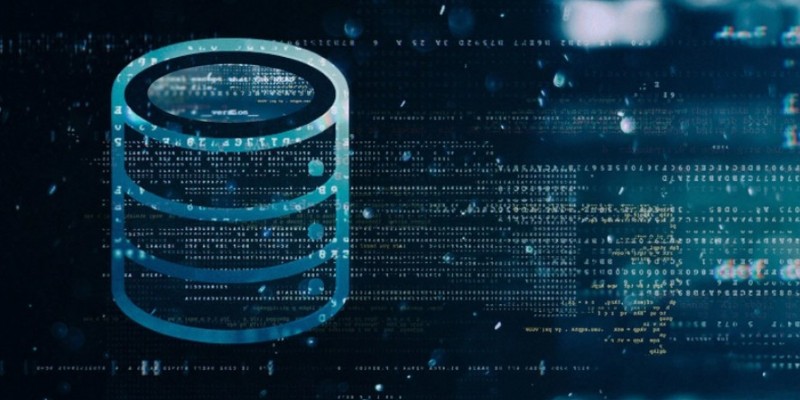
Learn how the SQL SELECT statement works, why it's so useful, and how to run smarter queries to grab exactly the data you need without the extra clutter
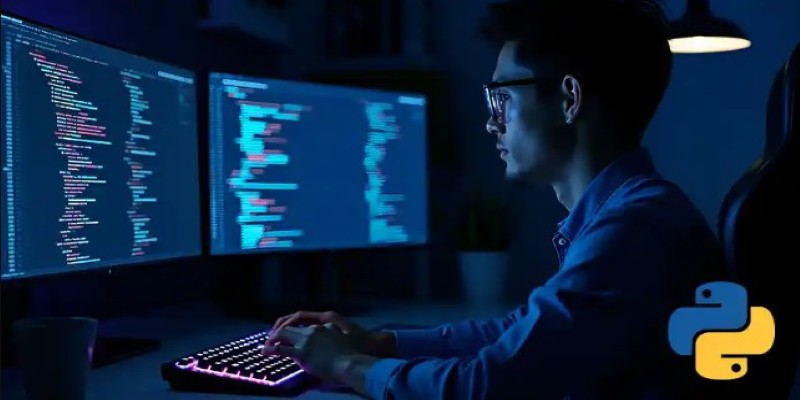
Need to round numbers to two decimals in Python but not sure which method to use? Here's a clear look at 9 different ways, each suited for different needs
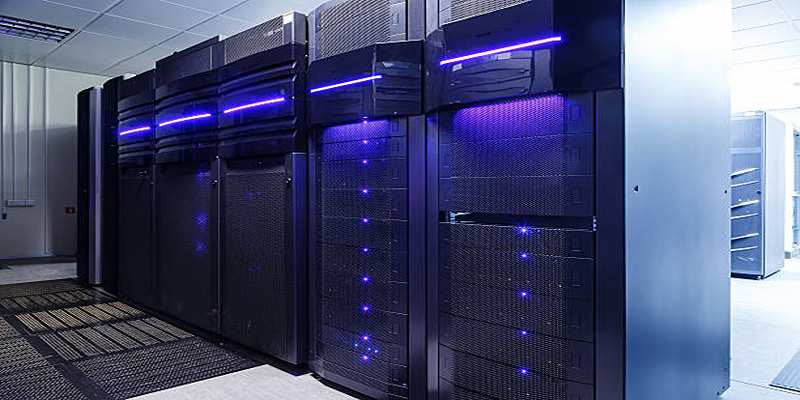
An exploration of Cerebras' advancements in AI hardware, its potential impact on the industry, and how it challenges established competitors like Nvidia.
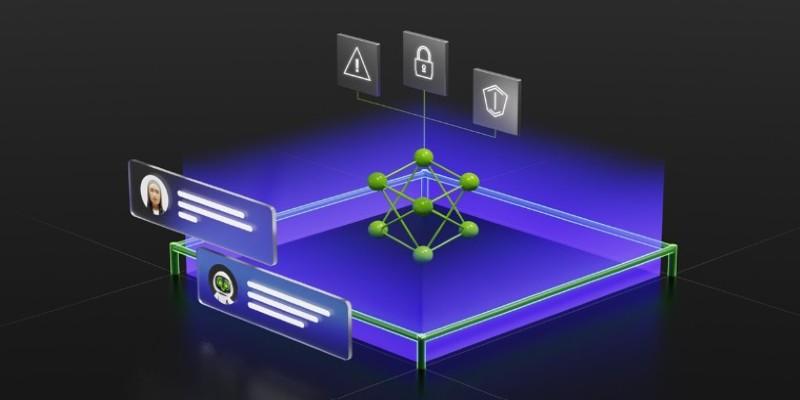
What happens when AI goes off track? Learn how Guardrails AI ensures that artificial intelligence behaves safely, responsibly, and within boundaries in real-world applications
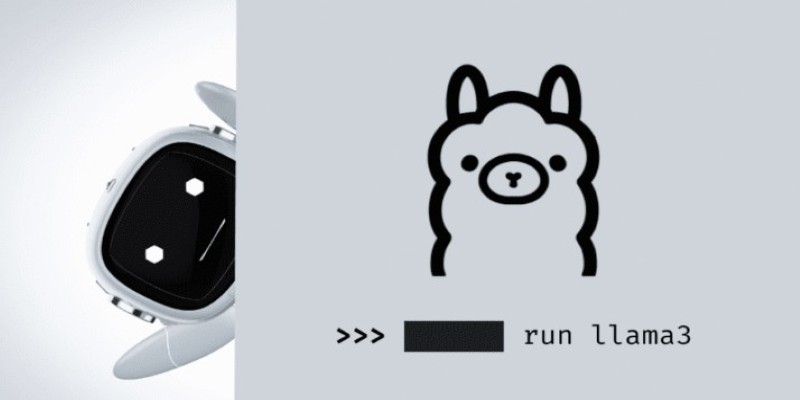
Want to run LLaMA 3 on your own machine? Learn how to set it up locally, from hardware requirements to using frameworks like Hugging Face or llama.cpp
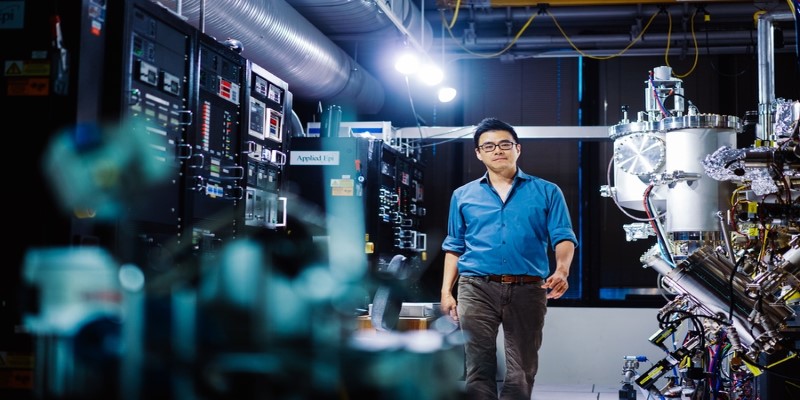
MIT is leading a focused initiative to integrate AI and emerging technologies into manufacturing, prioritizing real-world impact for manufacturers of all sizes
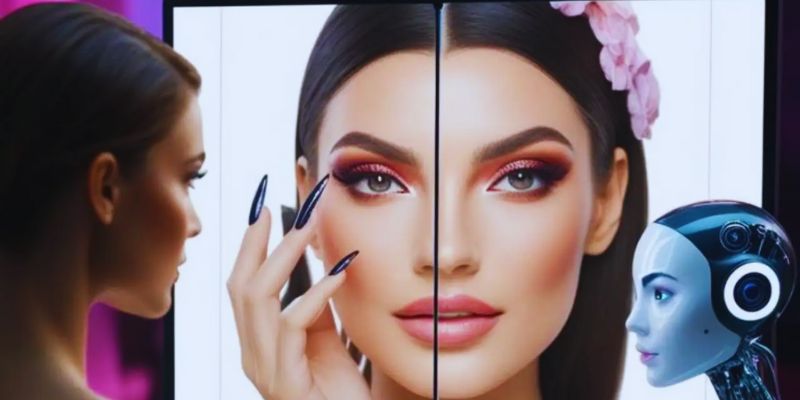
AI is used in the beauty and haircare industry for personalized product recommendations and to improve the salon experience

Think picking the right algorithm is enough? Learn how tuning hyperparameters unlocks faster, stronger, and more accurate machine learning models
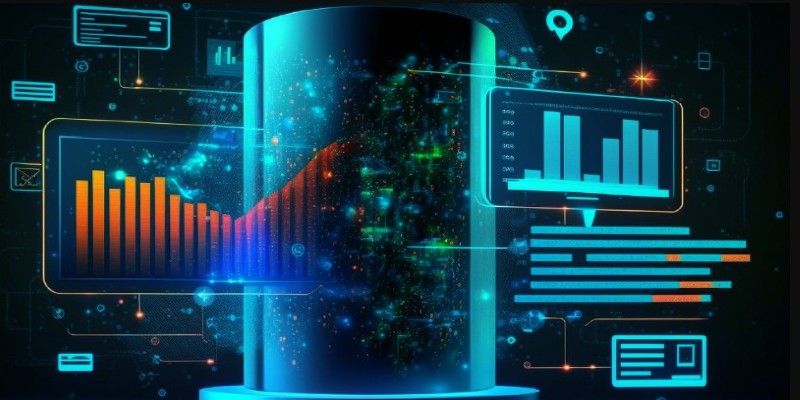
Curious how Tableau actually uses AI to make data work better for you? This article breaks down practical features that save time, spot trends, and simplify decisions—without overcomplicating anything
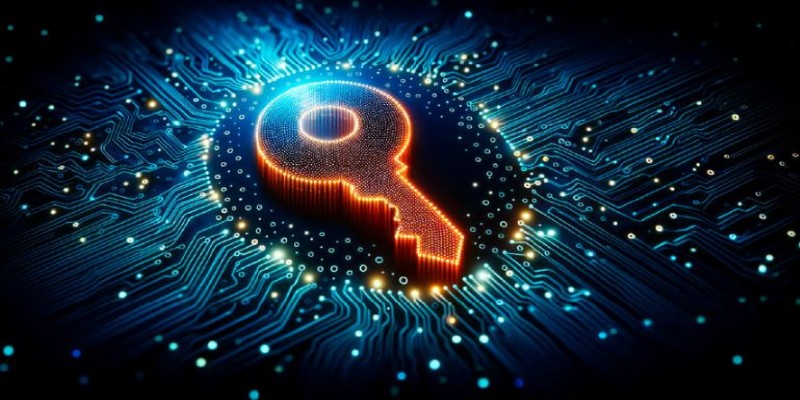
Wondering how databases stay connected and make sense? Learn how foreign keys link tables together, protect data, and keep everything organized
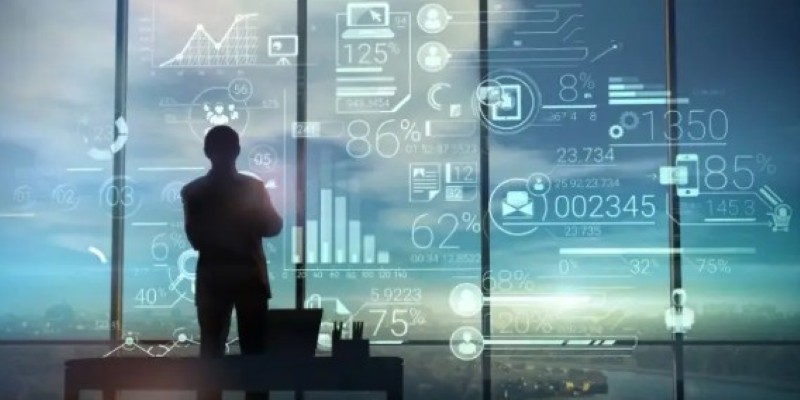
Ever wondered how databases avoid confusion? Learn how super keys help keep records unique, prevent duplicates, and make database design simpler